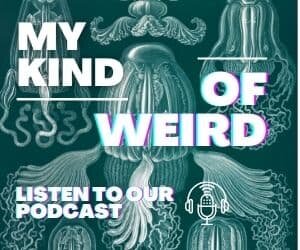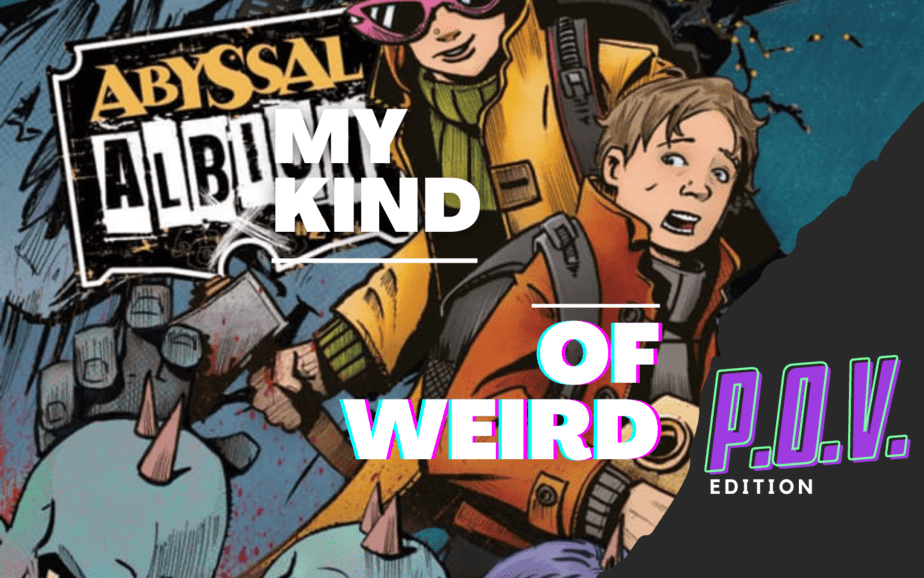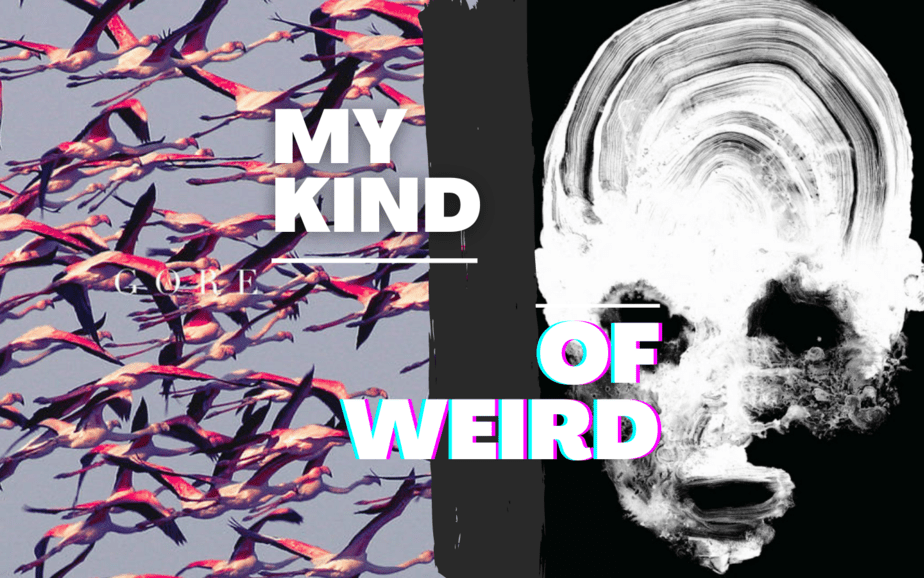Disclosure: Some of the links below are affiliate links, meaning, at no additional cost to you, I will earn a commission if you click through and make a purchase through our links.
The Other History of the DC Universe
Writer John Ridley, joined by artists Giuseppe Camuncoli and Andrea Cucchi, as well as the incredible Jose Villarrubia on colours and Steve Wands on letters, are two issues into this miniseries for DC’s Black Label. And already, the dreaded comparison to Watchmen has been made.
Luckily for Ridley & co the comparison is a welcome one.

For as the title suggests, The Other History of the DC Universe is a period piece, of sorts. We revisit the superhero careers of Black Lightning, Bumblebee and Mal Duncan aka Guardian aka Hornblower aka Herald (he’s Mal, just call him Mal). But the story also establishes and contrasts DC comics events such as the Teen Titans failing to save the life of a civil rights activist, or John Stewart’s role in the destruction of the planet Xanshi with real world events like the Munich Olympic Games assassinations, or Arthur Ashe’s Wimbledon success.
In both issues released to date Ridley frequently cites sports events featuring Black athletes as a contrast with the infrequency of Black superheroes in the comics.
Both John Ridley and Alan Moore do take a similar approach in investigating how the heroic ideals of fictional superheroes match up to the civil unrest that was contemporaneous with these comic heroes’ published appearances – and they find the supers wanting. And where Moore roots superhero iconography in the rise of the white supremacist Ku Klux Klan, Ridley explores white supremacy as being largely unremarked upon and folded into the everyday reality of the Justice League and Teen Titans characters. It is left to Jefferson Pierce, Mal Duncan and Karen Beecher to call attention to the inequalities at work.
Ridley’s approach of telling these stories in real time is lifted up by Camuncoli and Cucchi’s approach to the art, which is familiarly modelled on the spare detailing of a Mike Grell or early Neal Adams. The text pieces that accompany the art also have a hint of ‘prestige graphic novel’ to them, that mid-80s marketing office push for a comic book that has more literary merit – and most likely costs more to buy.
The Other History of the DC Universe replicates and resurrects the period details of the 1970s and 1980s while occupying a similar space as a prestige comic in its own right.

Where these Comics Excel
Where these comics excel is in reframing published comic book events – Jefferson Pierce becoming Black Lightning out of anger at the gang violence in his community but spurning the recruitment drive of the Justice League, or Mal’s general sense of inadequacy among the Titans – by more clearly establishing the socially accepted discrimination and abuse these characters live with that their superhero peers are oblivious to.
The first issue, focusing on Black Lightning, is a clarion call, one that accepts Pierce’s flaws through deconstructing the idea of the ‘angry black man’ comic book trope. In an interview for SyFy Ridley said:
“Back in the day, Tony Isabella, a white man, wrote Black Lightning. I don’t know why. I don’t know if he wrote it because he looked at the landscape, and said there’re not enough characters of color. I don’t know if he wrote it because DC said ‘We’ll pay you a couple extra bucks,’ but Tony did this, and he had no idea that he was speaking to an eight-year-old kid, back in the day, saying, ‘You can do this.’
“And Tony did the best that he could. I mean that sincerely. I mean that truly, sincerely. Anybody can look at that work, particularly anything written in the ’70s, and go ‘Oh, it should’ve been more this, or it should’ve been more that.’
“All I know is, one of the reasons that I’m here, one of the reasons I’m doing any entertainment, at all, is because of guys like him who said ‘You know what? If you enjoy this, why shouldn’t you be part of this?’
There’s a generosity of spirit here on Ridley’s part towards DC creators introducing Black characters, while still holding them to account for the presumptions of mostly white writers and editors.
I originally picked up the series once I learned (through my old mate Ruairi Conneely back home in Dublin) that issue two would focus on Mal Duncan.

Mal is a character of long-standing within the Teen Titans franchise who has never really been given his due. Even his introduction in Teen Titans #26, featuring the Titans recruiting him after witnessing his victory over a white supremacy gang in downtrodden neighbourhood, ends with Mal deciding to man a space probe launched by the team’s benefactor Mister Jupiter. In one issue Mal is summarily dispensed with, even though the ending feels like a tribute to Al Feldstein and Joe Orlando’s 1953 story Judgment Day (and I’m inviting you to read Brian Cronin’s account of the racist reaction to that story here).

Thankfully Mal returns, even becomes a nonpowered superhero in his own right, but his treatment at the hands of various creative teams has proved frustrating. In the past decade he even lost his voice – a fate that feels too on the nose for a Black superhero.
Ridley focuses instead on the relationship between Mal and Karen Beecher – and drops the involvement of Mr Jupiter from the Titans entirely. This approach works wonderfully. The narration is split between them, a couple who have contrasting memories of the events that unfolded. Karen’s justified resentment of the Titans, their bullying of Mal and disregard for his place within the team, builds to a wonderful coda.
Her thoughts on Superman also echo Jefferson Pierce’s assessment of the Kryptonian symbolising an Aryan Superman. “The Other History” draws out the idea of Black Americans being aware of implicit threats to their lives that non-POC Americans can simply ignore. But the miniseries accomplishes this with humour and a sense of empathy for all the characters featured, making an appeal for genuine compassion in superhero fiction.
(That said, THR’s Richard Newby has commented this series would not be out of place in the Snyderverse – a frankly odd assessment given the unreflective, flippantly pessimistic nature of those films).
And it’s this telling of stories in their own words that makes The Other History of the DC Universe something special. Next issue has Ridley writing Katana, which he has cited as a challenge for him, just as Tony Isabella writing for a Black superhero in the 1970s was.
I am very much looking forward to what this series has yet to deliver.
Want more ?
RELATED ARTICLES:
1. Dark Nights: Metal – Snyder and Capullo’s Big, Badass, Bloody… Bore
2. Stjepan Šejić’s Harleen: Sex, Violence and Psychology










